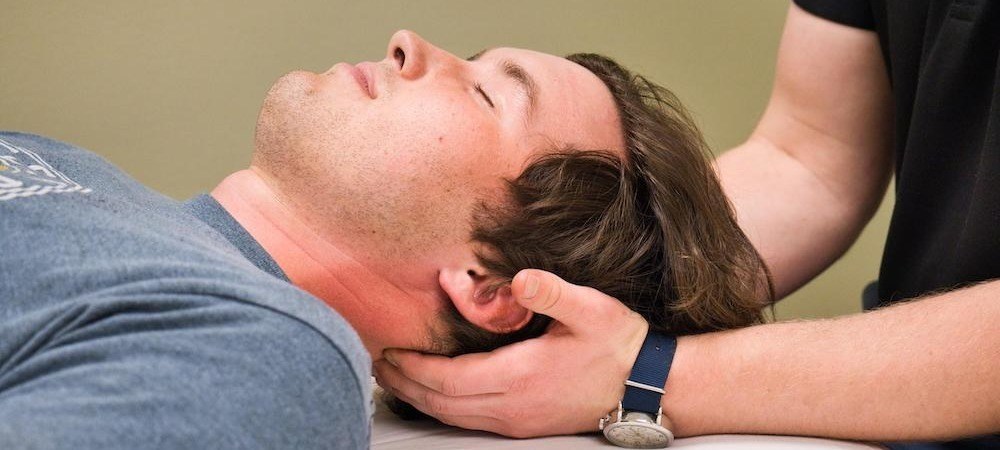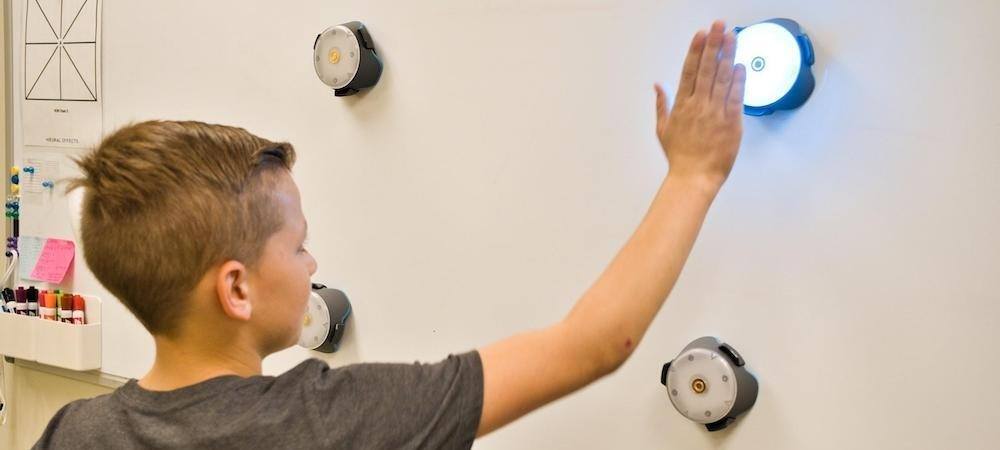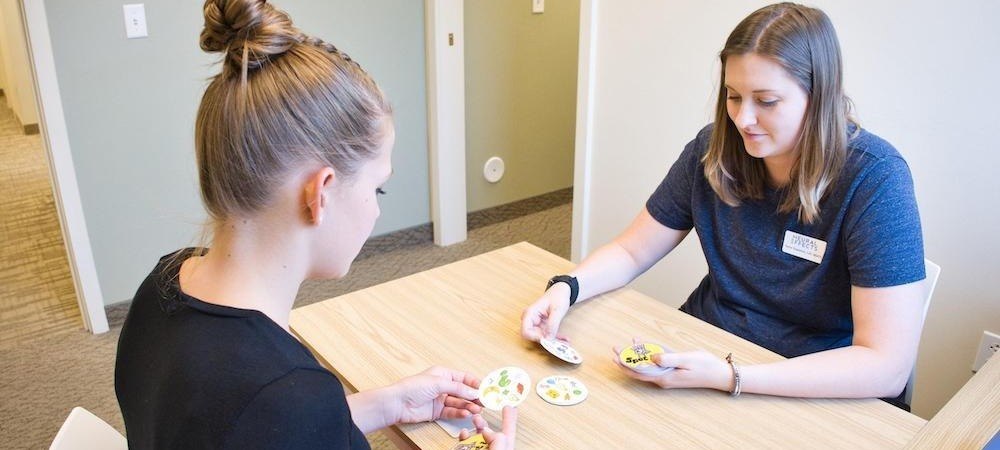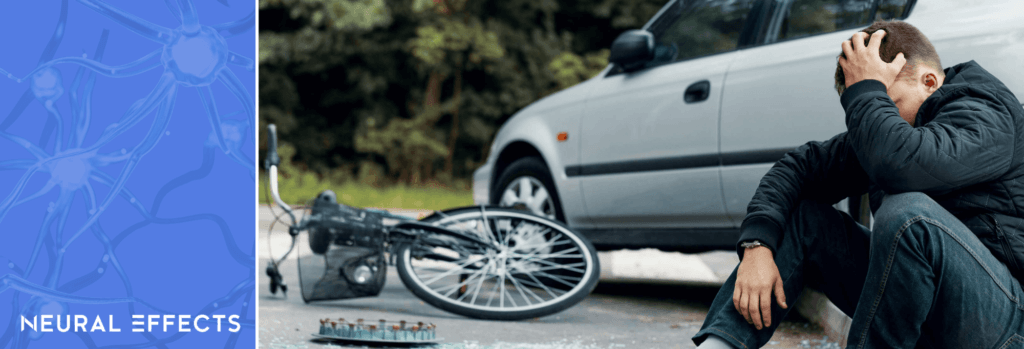There are many misconceptions around concussions and concussion treatment. If you think you or a loved one has a concussion, what you do immediately following the injury matters.
At Neural Effects, our concussion treatment clinic, we evaluate concussion patients as soon as possible after their injury — sometimes on the same day it occurred. In this article, we’ll explain:
- How to know if you or your loved one have a concussion.
- What to do immediately after a concussion.
- What a professional concussion assessment entails.
- How therapy speeds up recovery times and improves long-term concussion recovery outcomes.
If you live in Provo, Salt Lake City, or anywhere else in the Utah valley area, we can help you recover from your concussion and reduce your chance of long-term symptoms. We are in network for most types of medical insurance. Schedule your evaluation today.
How to Know If You’ve Had a Concussion
Concussions are the result of a violent jolt or bump with enough force to cause the brain to collide with the skull. The resulting bruising and inflammation disrupts normal brain function.
It’s important to understand that you might have a concussion even if you didn’t hit your head or lose consciousness. If the force of the injury was enough to affect the brain, then the site of the initial impact doesn’t matter. A car accident, participation in contact sports, and falls are common sources of head trauma or body impacts strong enough to cause concussions.
Below is a list of common signs of a concussion that can arise immediately after the injury:
Immediate Symptoms
- Amnesia (memory loss about the traumatic event)
- Brief loss of consciousness
- Confusion
- Dazed appearance
- Delayed response to questions
- Dizziness or “seeing stars”
- Fatigue
- Feeling of pressure in the head
- “Foggy” feeling or thinking
- Headache
- Loss of balance
- Nausea
- Persistent neck pain
- Ringing ears
- Slurred speech
- Tired eyes
- Vomiting
Even just one of these symptoms might indicate a concussion and the need for medical attention. The more you have, the more likely they are from a concussion. For the full list of symptoms you can read this article from our sister clinic, Cognitive FX:
Concussion Symptoms: Causes, How Long They Last, and When to Get Help
If you suspect you have a concussion, what you do next depends on the severity of the injury.
Immediate First Aid Steps for a Concussion

The first step is to determine whether you need to go to the emergency room. Seek immediate medical care if you observe any of these symptoms of traumatic brain injury (TBI):
- Blood or fluid in the ear.
- Increased drowsiness or lethargic behavior.
- Large bumps, bruises, or swelling on the head.
- Persistent vomiting.
- Seizures.
- Unequal pupil size.
- Worsening headaches, severe headaches, or neck pain.
These common TBI symptoms need to be triaged with immediate care and assessed by a professional health care provider. In some cases, they will require CT scans to look for traumatic structural damage to the skull (e.g. a skull fracture), fractures in the neck, and signs of serious brain injury (such as bleeding in the brain). Your ER doctor might also order an MRI if they suspect a herniated disc in the spine, or they might solicit the support of their neurology department.
If you are not showing any signs of a life-threatening traumatic brain injury, you still need to be evaluated by a healthcare professional. You may have a mild traumatic brain injury (concussion). If you can, go to a concussion clinic for a thorough evaluation and medical advice. If you’re not able to get to the concussion clinic within the first two days of your injury and you’re on the fence about going to the emergency room, our advice is to err on the side of caution and go to the emergency department.
Once you’ve been evaluated, use the next 48 hours to rest and recuperate. Take a break from screens, video games, loud noises, bright lights, and other intense forms of stimulation. After 48 hours, you can begin a gradual return to normal activities and physical exercise, which we discuss more in a subsequent section.
Note: Returning to intense physical activity shortly after your first concussion is dangerous. If you suffer a second concussion within 48 hours of your initial concussion, you are at risk for a rare but life-threatening condition known as second impact syndrome (SIS). It may involve serious brain damage, cerebral swelling, and death.
Frequently Asked Questions: Icing the Area, Sleep, and Pain Relievers

As a concussion clinic, we get asked a lot of the same questions over and over. When it comes to concussion care at home, here’s what we suggest:
Can you take pain medicine after a concussion?
It is safe to take Tylenol (acetaminophen) after a head injury, but do not take a pain reliever in the Non-Steroidal Anti-Inflammatory Drugs (NSAID) family after a head injury. In the event that you have a minor brain bleed, an NSAID will thin your blood and potentially worsen the bleed. That could cause significantly more damage to the brain than your initial injury. Common NSAIDs include aspirin, Aleve, and Advil (ibuprofen). For a thorough list of NSAID pain relievers, visit this link.
All that said, feel free to take Tylenol to help with common symptoms such as headaches and neck pain.
How long after a head injury is it safe to sleep?
It’s okay to sleep after the injury, but it’s important to have someone make sure you are not losing consciousness. If you are, go to the emergency room immediately.
Is it good to put ice on a concussion?
Ice will help with tissue inflammation and can help relieve headaches. But ice itself does not heal the brain injury. If it helps you feel better, there’s no problem with icing your head.
It’s Always Best to Have an Experienced Professional’s Medical Assessment

You might be tempted to skip the doctor’s visit if the concussion seems mild. But you could miss some potentially serious issues if you don’t see a medical professional. When it comes to identifying issues like brain bleeds, time is not your friend.
The best place to get your assessment is a concussion clinic. Concussion clinic specialists know what to look for when diagnosing a concussion and other head injuries.
Not every clinic has the same evaluation process. Below is a brief summary of what we do at Neural Effects:
Post-Concussion Symptom Scale Assessment
First, we ask you to review a concussion symptom checklist and rate your symptoms on a scale from zero (no symptoms)to six (the worst possible) in terms of severity. Which symptoms are worst help guide our therapists’ decisions moving forward. For instance, if your symptoms are predominantly related to vision, we know to focus more on vision therapy during treatment.
Medical History Review
We use your medical history to gauge your health before the concussion and to tailor treatment to your health needs. For instance, some of our active recovery therapies require exercise. If we know our patient has asthma, we can adjust the intensity of the training.
Medical Imaging
Depending on the severity of the brain injury, we might require neuroimaging to look for things like fractures and brain bleeds. We have quick access to an X-ray machine and an MRI machine just 10 minutes down the road, so we can quickly and easily get those done if we believe they are necessary.
Cranial Nerve Exam
During this exam, we look for indications of any problems with the nerves related to vision and eye movement, facial movement, the jaw, and even the shoulders. Examining these nerves helps us determine how severe an injury is. It also helps us determine if there’s any indication of nerve damage that requires a follow-up referral to a neurosurgeon.
Cervical Spine Exam
A lot of this exam consists of hands-on palpation of the spine, neck, arms, and hands. We’re going to feel for anything abnormal that could indicate a fracture or a herniated disc. We’ll not only measure strength but also whether strength is equal on both sides of the body.
Balance Assessment
All patients take a Balance Error Scoring System (BESS) test. This test consists of a series of simple balance exercises done with closed eyes. Some parts of the test might already be familiar to you if you watch sports. It’s used in sports medicine with athletes on the sidelines to determine if an athlete may have sustained a concussion during play.
If you’d like to know more, we’ve discussed our post-concussion evaluation in full detail in the article below:
Concussion Evaluation at Neural Effects: What to Expect at Your Initial Assessment
An Active Approach to Recovery Will Improve Concussion Outcomes

Most doctors agree that patients should rest for the first 24-48 hours after a concussion. There is, however, disagreement on what happens after this initial rest period.
Historically, the standard guidance has been to continue resting and avoid stimulation until the symptoms go away. Unfortunately, with this approach, 15-30% of patients with a concussion develop long-term symptoms that can last a lifetime. That’s because this wait-and-see approach, often referred to as “cocooning,” isn’t actually treatment. It’s simply crossing your fingers and hoping for the best. Many doctors favor this approach because it’s free for their patients.
But this outdated advice is at odds with the latest scientific research. Data shows that activity after the initial 24-48 hour rest period speeds recovery times and reduces the chances of long term symptoms. And this makes sense when you dive deeper into what causes symptoms of a concussion.
If you injure your leg, you go to physical therapy to rehabilitate it. In the same way, we can think of the brain as a muscle: When it’s injured, we need to rehabilitate it to help it get stronger! By using our body and engaging our mind during recovery from a concussion, we begin to repair and rewire neural pathways that may have been damaged by the injury.
All of this blood and oxygen flow speeds the recovery process. But the type of activity and the intensity of training matter. Too much activity will cause symptoms to get worse. And too little won’t do much good. That’s why the team at Neural Effects offers an active treatment program specifically for concussion recovery.
Neural Effects Provides Therapy to Improve Concussion Outcomes and Speed Recovery

The number one regret we hear in our clinic is that patients wished they had known about therapy sooner. They’ve cocooned and suffered through concussion symptoms for weeks only to realize too late their symptoms weren’t going away. If they had only started therapy sooner, they’d be on their way to recovery already.
At Neural Effects, a typical concussion treatment plan includes three sessions a week for two weeks. That said, nobody’s recovery journey is exactly the same; some need more sessions, and some require fewer.
Below are the three core areas that the Neural Effects treatment program covers:
Cardio and Breathing Techniques
Gentle cardio and breathing techniques improve blood flow in the brain. Physical activity releases a cascade of helpful neurochemicals and strengthens the connection between your brain and the autonomic nervous system, speeding up the recovery process.
Unfortunately, working out too hard can cause symptoms to skyrocket. That’s why our therapists guide your physical and breathing exercise sessions. Our goal is to get all the benefits of exercise without crossing your symptom threshold.
Vestibular and Ocular Therapy
Vision-related symptoms can range from double or blurry vision to light sensitivity. Dysfunction in the parts of the brain that process visual information or in the nerves and muscles around the eyes can cause these symptoms. Retraining and strengthening the eyes during therapy can correct these issues.
Symptoms such as balance problems, dizziness, and vertigo are often caused by damage to the inner ear. Exercises that get the eyes, brain, and inner ear working together help repair this damage. Once these systems rebuild healthy communication, related symptoms will begin to go away.
Cognitive and Neuromuscular Therapy
Neuromuscular therapy challenges the brain and the body at the same time. It’s an effective way to coax the brain regions harmed by concussion to start working like they did before the injury. Here are a few example exercises:
- Balancing on a Bosu ball while playing a memory word game.
- Throwing color-coded balls back and forth while stating a word for each letter of the alphabet (but always within a category — for example, names of cities or types of animals).
- Hitting targets that light up in random patterns to challenge your reaction time.
Cognitive therapy can include brain games. Common examples include memorizing pictures, solving a logic puzzle, and pattern recognition.
Neural Effects Provides the Latest in Concussion Treatment

The Neural Effects concussion clinic takes the best therapies from different treatment disciplines and gathers them into one multidisciplinary treatment program. We’re the most advanced concussion treatment clinic in Utah (except for Cognitive FX for post-concussion syndrome treatment).
If you think Neural Effects is right for you, schedule your evaluation today. The sooner you come in for evaluation and treatment, the sooner we can help you start to feel better. Treatment at Neural Effects is in network with most insurance providers, including Regence BlueCross BlueShield, Aetna, SelectHealth, Medicare, and many more.
